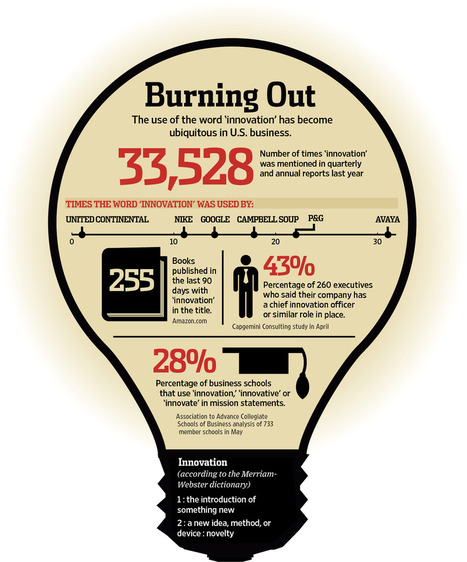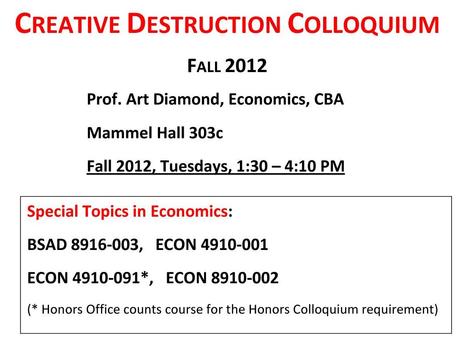Innovative entrepreneurs, through the process of creative destruction, provide us with wonderful new products and services. But sometimes the process also results in job loss. One response to the job loss is to shut down innovation. Another is to preach resilience. Joe Biden’s Dad said “get up.” (The clip is from a talk that Joe Biden gave to the National Press Club on August 1, 2007. The full talk is posted to the C-SPAN web site.)
A mainly similar presentation of the “get up” message is on p. xxii of Biden’s autobiography:
Biden, Joe. Promises to Keep: On Life and Politics. New York: Random House, 2007.


